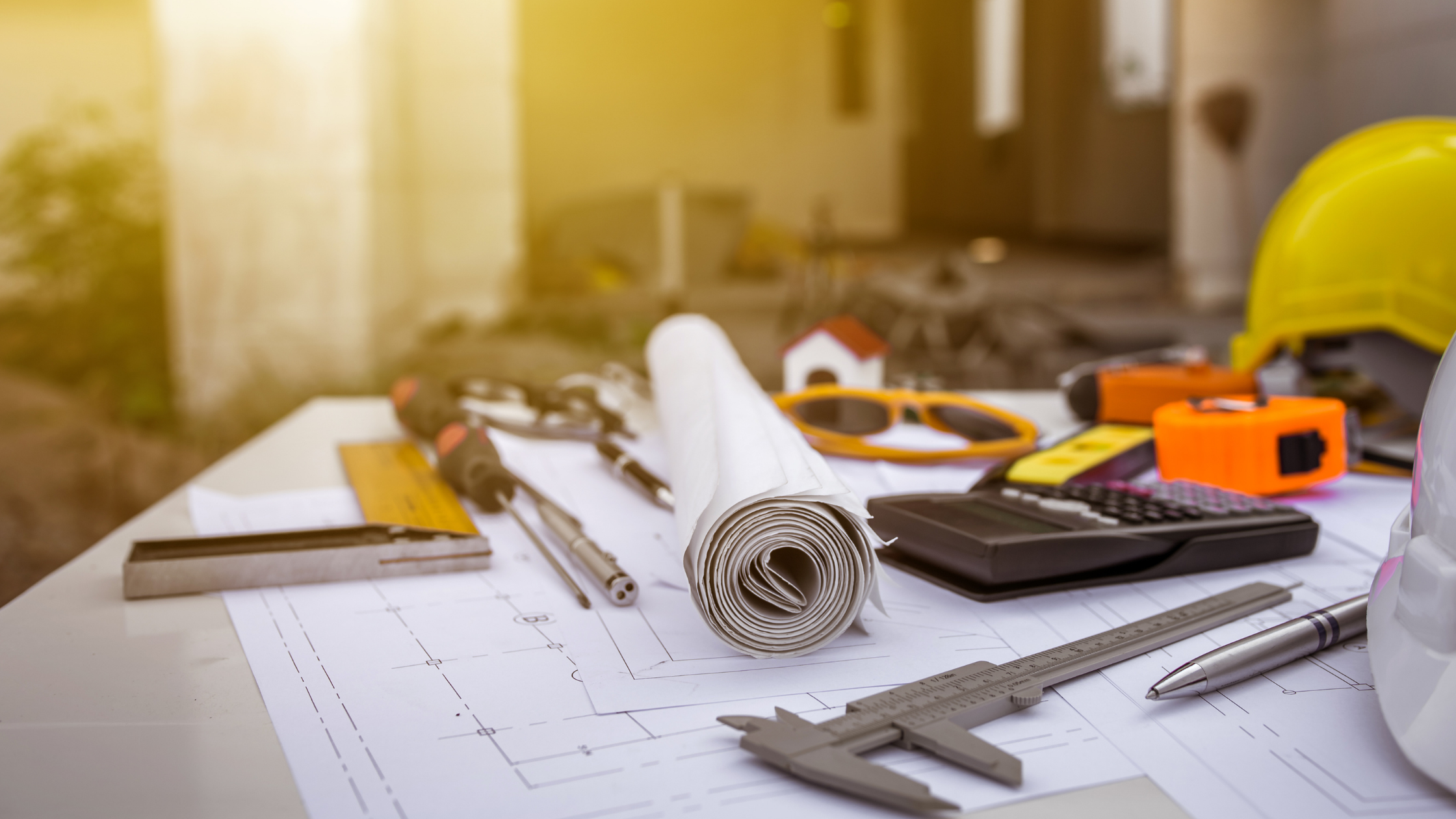Structure and Infrastructure Engineering could be better expressed in English as “Structural and Infrastructural Engineering.” The former is a title of a journal which seems to have been published overseas, but translated (roughly!) into English. “Structural Engineering” and “Infrastructural Engineering” are themselves two very wide categories of engineering disciplines. Structural engineering could be defined as the design of anything that has to stand up, bearing its own weight, and the burden of applied forces from the natural (winds, waves, earthquakes) to the intended cargoes. (truck, train, and shipping loads) “Infrastructure or Infrastructural Engineering” could be defined as any designed conduit for services for the communication and transportation of people or things.
Obviously, there is a great deal of overlap between these two disciplines. A building has to stand up, bearing mostly its own weight, but also the forces subjected to it by winds, earthquakes, and the objects and people it holds. Buildings fit into the second definition of infrastructure as well. A bridge is within the first and second definition of infrastructure, yet it is also one of the purest forms of structural engineering, the place where a raw, visible structure is also the glorious architecture visible to the world who cross over it. From the Golden Gate Bridge to the Arthur Ravenal Bridge over the Cooper River in Charleston, SC, the stunning spans which stand as monuments to the will of man to be unhindered by natural challenges to his desire to move, to be social, to live freely and pursue happiness, all speak of the power of structural and infrastructural engineering as a triumph of man over nature and hindrances.
Controversy in Structures and Infrastructures Engineering
Although the disciplines of structures and infrastructures engineering could be found by some to be dull, infrastructures engineering is now the hub of several controversies. President Biden’s “Build Back Better” infrastructure plan does not have a clearly transparent price tag, but is expected to cost $2 Trillion over the next 10 years, according to the NY Post. Source: (8 big problems with Joe Biden’s ‘Build Back Better’ bill (nypost.com) A bridge over Fern Hollow and Frick Park collapsed while Mr. Biden was visiting Pittsburgh, PA to sell his infrastructure plan. Although the President said, “We are sending the money” to repair this and hundreds of other bridges nationwide, critics state that only about $1 out of every $50 will go toward bridges, nowhere near enough to repair the at times poorly maintained bridges of America, while generous slices of pork pie go to new green initiatives like carbon sequestering.
China has an estimated $1Trillion worldwide initiative called the Belt Road Initiative, which offers loans to middle and low-income nations in order to build infrastructure. The BRI theoretically creates huge structures and infrastructures engineering investments. The questions are ‘where do low-income nations get this money?’ and ‘who gets these bids?’. Critics say that many nations like Cambodia and Togo cede large tracts of real estate or privileges to China to repay their loans which can be as much as 1/3 of their own GDP’s, and that the contracts to build these projects go to Chinese firms. A small seaside town in Cambodia has now become a hub of Chinese structures and infrastructures engineering, including the construction of many new gambling casinos only open to foreigners. Over 90% of the businesses in Sihanoukville, Cambodia are now owned by Chinese investors. ‘No Cambodia left’: how Chinese money is changing Sihanoukville | Cities | The Guardian The BRI purports to grease the wheels of commerce and trade routes for Chinese imports and exports, but it has resulted in alarming commercial conquests for Chinese businesses and even their military. The first overseas Chinese military base has been built in Djibouti, and Pentagon sources predict more, leveraged on the Chinese future need to protect their BRI investments. Source: China will build string of military bases around world, says Pentagon | China | The Guardian
Arete Provides Structures and Infrastructure Engineering Services
Do you have questions about infrastructures or structures engineering? Areté Engineering does structural engineering design of homes and commercial buildings, and Areté Structures designs and builds fiberglass reinforced polymer pedestrian bridges. Areté infrastructure division designs and inspects major and minor bridges throughout the Southeast. Come visit us at: Home – Areté Engineers


